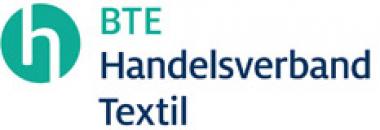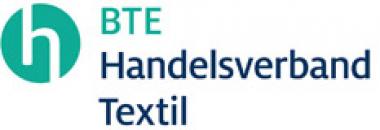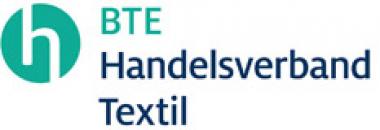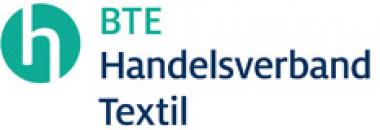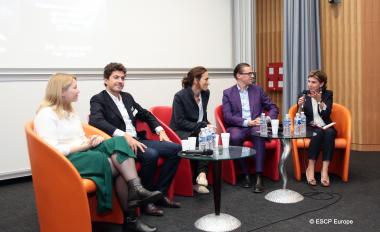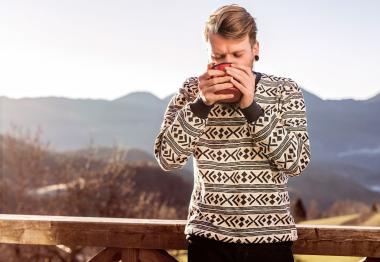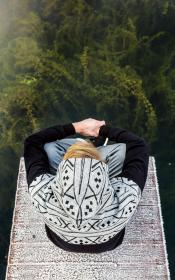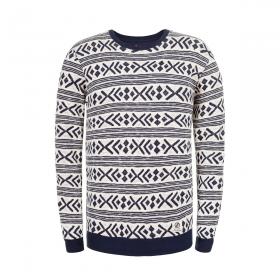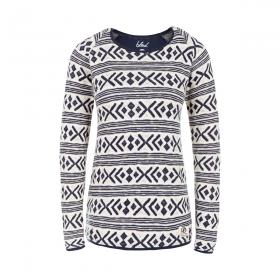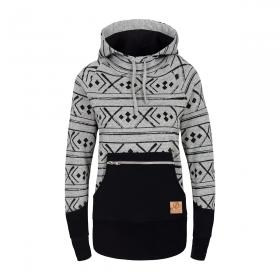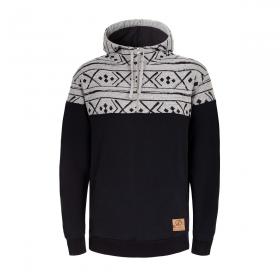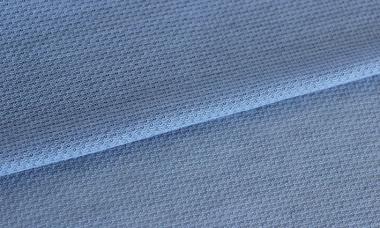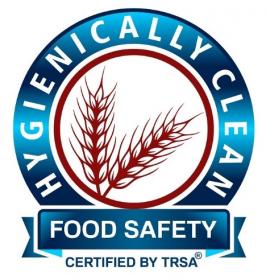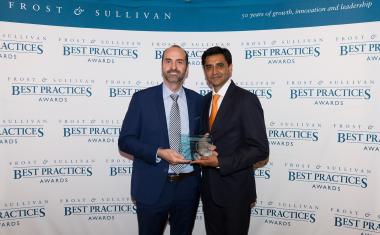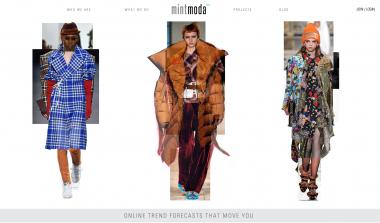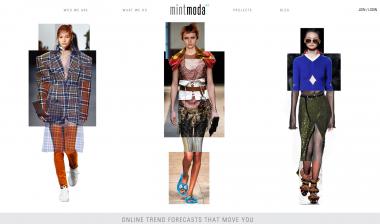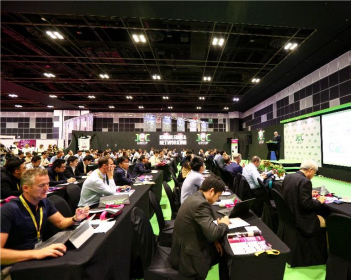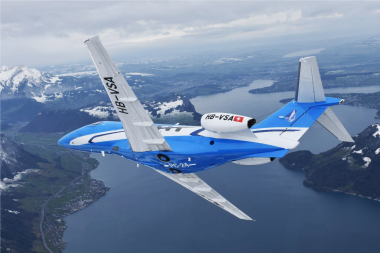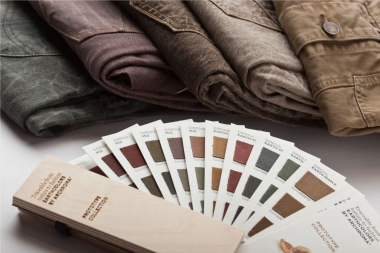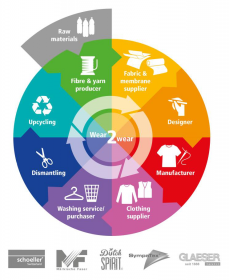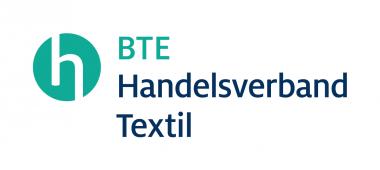Moderate Preissteigerungen in der Modebranche
| Basisjahr 2010 = 100 | |||
| 2015 | 2016 | 2017 | |
| Einzelhandelsindex gesamt | 105,8 | 106,2 | 108,4 |
| darunter mit überwiegend: | |||
| Bekleidung | 105,9 | 106,5 | 107,9 |
| Textilien | 109,5 | 112,5 | 114,1 |
| Schuhen | 106,7 | 107,3 | 109,7 |
| Lederwaren/Reisegepäck | 107,6 | 109,4 | 110,6 |
| Verbraucherpreisindex gesamt | 106,9 | 107,4 | 109,3 |
| darunter mit überwiegend: | |||
| Bekleidung | 105,8 | 106,1 | 107,5 |
| Heimtextilien | 107,7 | 109,4 | 110,2 |
| Schuhen | 106,7 | 107,4 | 109,8 |
Quelle: Statistisches Bundesamt (Stand: Februar 2018)
BTE/BLE/VDB


